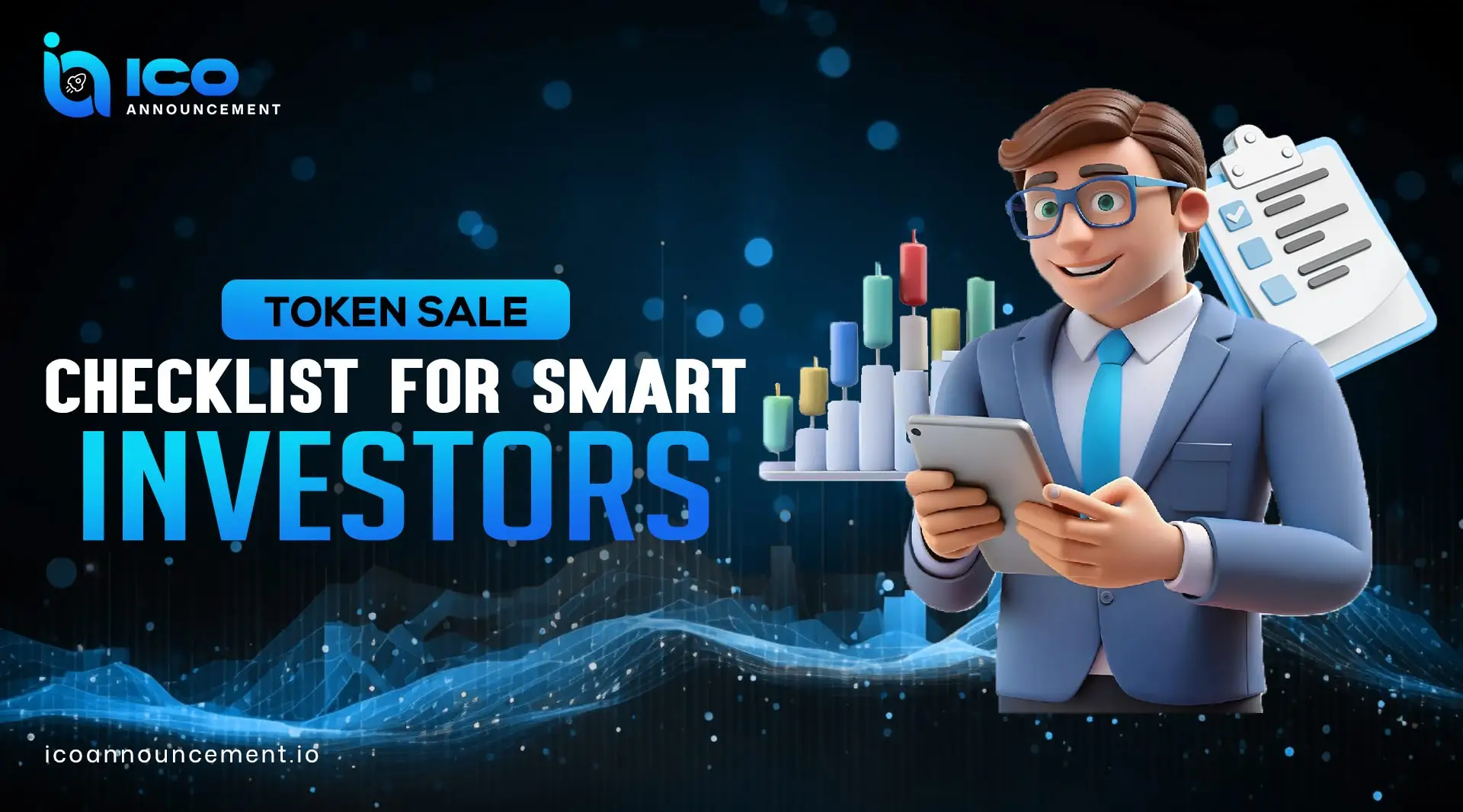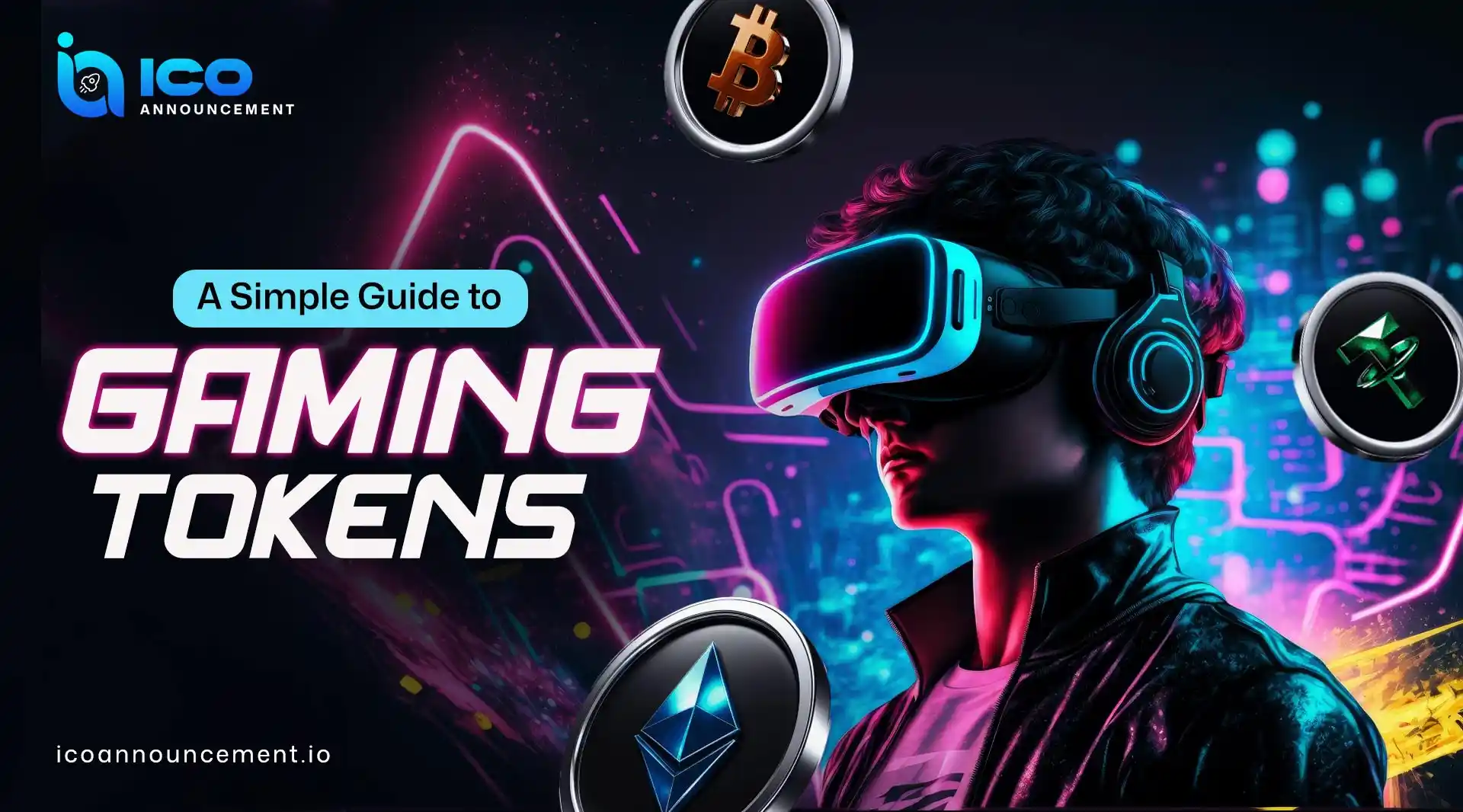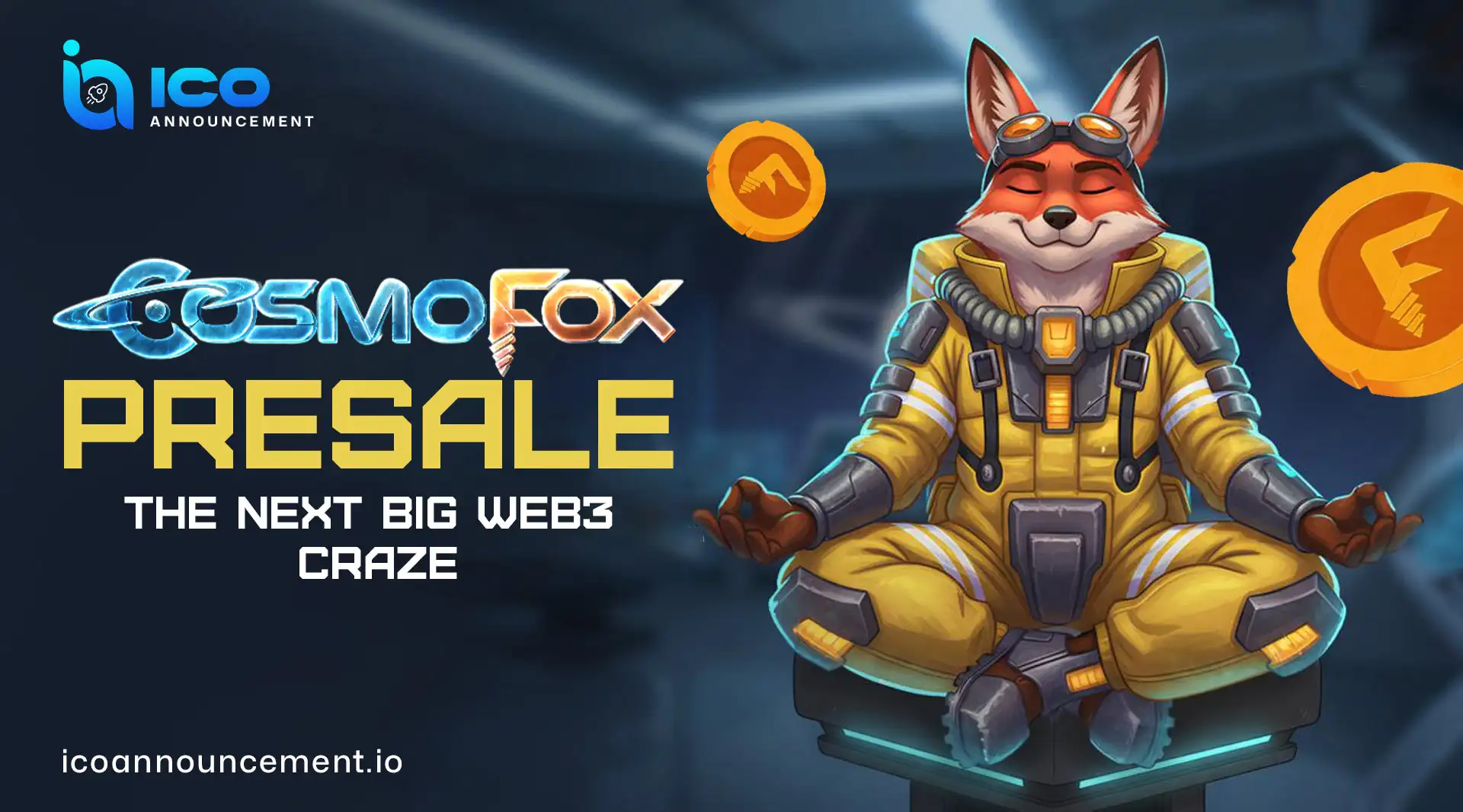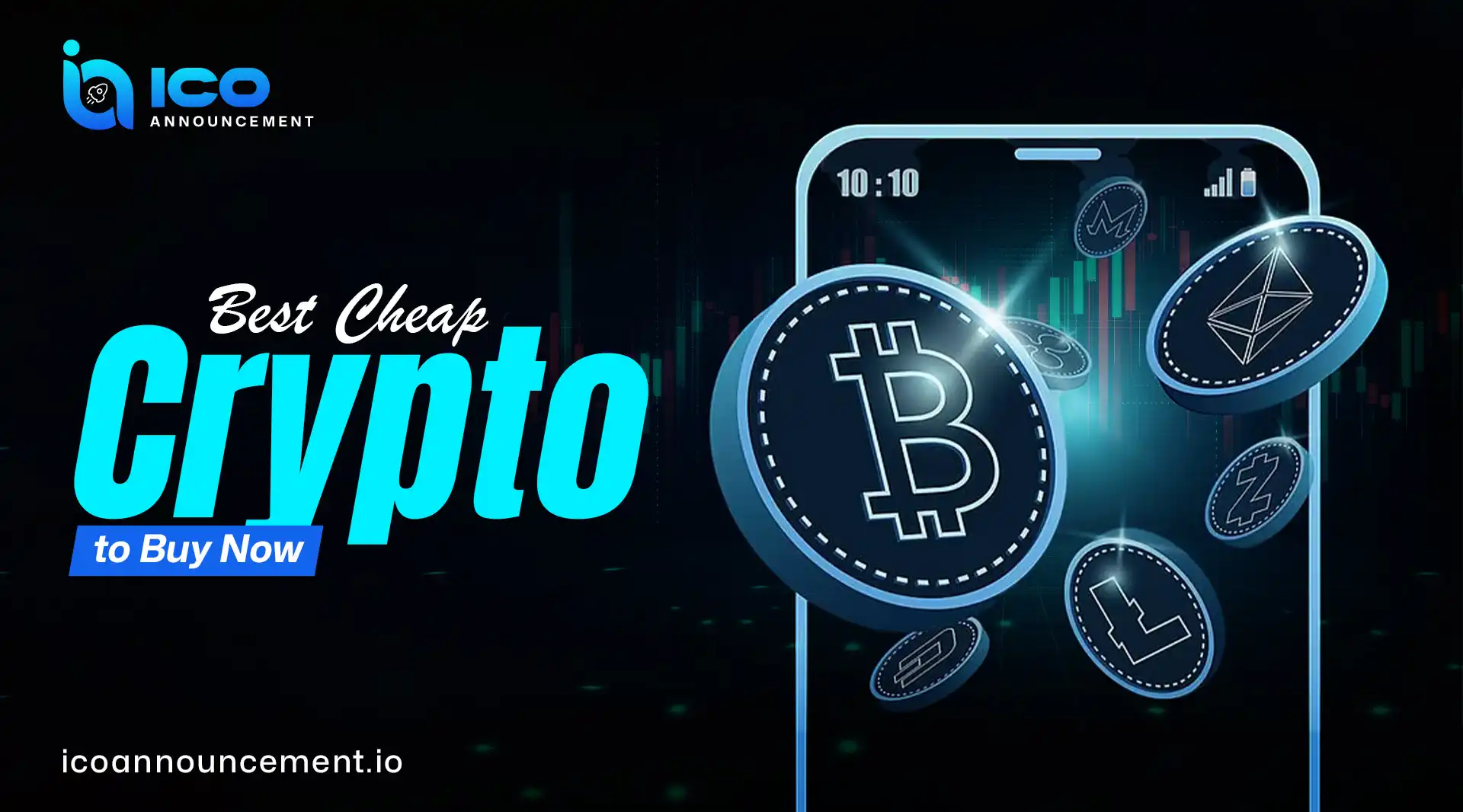Token Sale Investments: Why Evaluation is Crucial
As an investor, you need a solid checklist to evaluate token sales and avoid hype-driven mistakes. ICO Announcement provides a practical Token Sale Evaluation Checklist for assessing a token sale, covering everything from the product and team to tokenomics, community, and regulatory risks.
Recent research shows that many token sales don’t perform well: for instance, a review found that only around 30% of token sales ended with a positive return on investment (ROI). Meanwhile, institutional interest is growing: in 2025, 59% of institutional investors plan to allocate over 5% of their assets to cryptocurrencies. This means the stakes are higher than ever, and doing proper research is more important.
Let’s explore a systematic Token Sale Evaluation Checklist that you could use right before making an investment.
1. Define the Investment Thesis: What Problem is Being Solved?
Before entering a token sale, ask: What problem is the project solving?
Is the use case clearly defined? For example, does the token power governance, staking, transaction fees, platform access, or something else?
Is there a real market need, or is it just hype? Projects that launch tokens “just for the sake of it” often fail. As one guide says, “If you’re just adding a token to raise money without a clear purpose, investors will see through it.”
How competitive is the market? If there are many similar tokens with no real differences, that’s a red flag.
Checklist items:
-
A clear statement of the problem and solution.
-
Token utility described (what the token does).
-
Market size and target ecosystem defined.
-
Competitive differentiation explained.
If any of these items are missing or unclear, it’s a warning sign.
2. Team, Advisors & Track Record
A great idea means little without the right team to execute it.
Look at the core team: do they have relevant experience in blockchain, crypto, and product development?
Are the advisors credible and verifiable?
Does the project show transparent identities (LinkedIn profiles, past successes), or are they hiding behind anonymity? Anonymous teams can be a red flag.
According to a guide from Gate, one of the key factors in evaluating a token sale is team expertise (along with product, tokenomics, and community).
Make sure the team has the skills to execute the roadmap and the right marketing, business development, and technical expertise.
Checklist items:
-
Team bios with a proven track record.
-
Public profiles and verifiable past work.
-
Credible advisors listed.
-
Transparent governance (who controls the funds, who holds tokens, etc.).
3. Tokenomics – Supply, Distribution & Utility
One of the most important factors to consider when assessing a token sale ( Here is the platform Crypto Display ) is tokenomics. While a bad tokenomics model may result in weakening, token dumps, or collapse, a strong model can provide long-term value.
Key elements to check:
Supply & Distribution
-
What is the total supply of tokens? Is it capped, inflationary, or deflationary?
-
How many tokens are allocated to the team, advisors, early investors, ecosystem, and community?
-
What is the vesting schedule (lock-up) for team/advisors/investors? Good vesting prevents sudden dumps.
-
What is the fully diluted valuation (FDV)? If the FDV is high with little utility, that’s a warning sign.
For example, projects with clear vesting and governance-based token metrics often perform better in terms of holder retention.
Also, research shows token inactivity can hurt valuation.
Utility & Demand
-
Does the token have a clear utility? (e.g., staking, governance, fee reduction, access).
-
Is there a mechanism to drive demand for the token?
-
Are there incentives (rewards, staking yields, governance benefits)?
-
Does the token have a burn mechanism or other deflationary features (if applicable)?
Emissions & Inflation
-
Are new tokens created over time? What is the emission rate?
-
If inflation is high without matching utility, the token value could be diluted.
Checklist items:
-
Total supply, cap, and inflation details.
-
Token allocation breakdown.
-
Vesting schedule for team/advisors/investors clearly defined.
-
Token utility described.
-
Demand drivers (staking, governance, ecosystem use).
-
Emission schedule and inflation explained.
4. Product / Protocol & Technology Maturity
Investors shouldn’t buy into token sales based only on a whitepaper. The more mature the project, the less risk there is. The “product” aspect includes narrative, product state, traction, and competitive advantage.
Checklist items:
-
Is there a working product (beta, MVP), or is it just an idea?
-
Are there real users, metrics, or traction? (wallet count, transactions, partnerships)
-
What is the competitive advantage? Is the project significantly different from others?
-
Does technical architecture make sense? Are smart contracts audited or planned for an audit?
-
Has the protocol been stress-tested or audited? If not yet, when will it be?
The more deliverables shown (working product, live metrics), the lower the risk.
5. Community, Marketing & Network Effects
In crypto token sales, community and network effects matter a lot. A strong community supports the token’s long-term success.
From an article: “The projects that succeed… know how to package their vision into a clear, relatable narrative.”
Checklist items:
-
Active and engaged community on channels like Telegram, Discord, Twitter, etc.
-
Defined marketing plan (influencers, paid & organic).
-
Early ecosystem building (partners, integrations).
-
Transparent communication: regular updates, AMAs, roadmap progress.
-
Whitelisting or early-supporter programs to build ownership and loyalty.
If the community is large but not engaged, it’s less useful than a smaller, more active community.
6. Liquidity and Listing Strategy
A token sale might raise funds, but without a strong liquidity and listing plan, investors can struggle to cash out or see value realized.
From TokenMinds: “Liquidity gives tokens real trust. Without it, even good tokens collapse.”
Checklist items:
-
Which exchanges or DEXs will list the token and when?
-
Will there be market-maker support and locked liquidity?
-
Will token distribution include a large portion for public trading, or is most locked away?
-
Are there time-locks or liquidity pool locks to prevent early dumps?
-
What is the plan for secondary market trading?
Research shows liquidity remains a challenge for tokenized real-world assets (RWAs): “Most RWA tokens have low trading volumes despite their potential.”
7. Regulatory, Legal & Compliance Risks
Token sales are no longer a free-for-all. Regulatory oversight is increasing globally. According to a 2025 article, projects need to consider frameworks like the EU’s MiCA, the US’s SEC rules, and VASP licensing.
Checklist items:
-
Is the token structured as a “utility” token or a “security”? Which jurisdiction governs it?
-
Are KYC/AML procedures in place for investors?
-
Has the project retained legal counsel, provided terms & conditions, and considered investor protection?
-
Are there clear risk disclosures, audit trails, and governance over token sale funds?
-
Is the project transparent about where funds will be used (development, marketing, reserves)?
Ignoring regulatory risks could lead to fines, delisting, or collapse.
8. Roadmap, Milestones & Execution Plan
A token sale is only as good as its execution. It’s essential to check if the roadmap is realistic and has clear milestones and timelines.
Checklist items:
-
Does the whitepaper or litepaper include a roadmap with clear milestones and timeframes?
-
Have previous milestones been met (if applicable)?
-
Is there transparency on how funds raised will be used and when milestone-related releases will happen?
-
Are risks and contingency plans mentioned?
Clear, time-bound milestones show the project’s seriousness.
9. Risks & Red Flags
Even with everything else in place, every token sale has risks. Being aware of them helps you make better decisions.
Common Red Flags:
-
Anonymous or unverified team.
-
No token utility (token only used for fundraising).
-
Extremely high FDV with no clear use case.
-
No vesting or large token release for insiders.
-
No working product or traction.
-
No audit or transparent smart contract code.
-
Lack of liquidity/listing plan.
-
Poor or no regulatory disclosures.
-
Hype-only marketing, no substance.
-
A large but inactive community.
Checklist items:
-
Identify potential risks (technical, regulatory, market, liquidity).
-
Check if the project acknowledges these risks and has mitigation strategies.
10. Final Scorecard: Putting It All Together
To bring it all together, you can use a scoring framework. For example, the Gate guide divides evaluation into four dimensions: product, team, tokenomics, and community.
You can assign weights to each section (e.g., 25% team, 20% tokenomics, 25% product, 15% community & marketing, 15% liquidity/regulatory) and score each area on a scale of 1-5 or 1-10. Projects scoring low in key areas should raise concerns or require further investigation.
Conclusion
Evaluating a token sale isn’t about blindly chasing the next big return. It’s about due diligence, asking the right questions, and using a Token Sale Evaluation Checklist to manage risk. With institutional interest growing (59% of institutions in 2025 plan to allocate over 5% of AUM to digital assets), the market is maturing, and so should your evaluation process.
Use this Token Sale Evaluation Checklist as a starting point. If a project checks most of the boxes and addresses risks openly, it may be worth considering. If not, step back. The best token sales aren’t just about hype – they’re about utility, strong teams, clear tokenomics, engaged communities, and proper execution.








